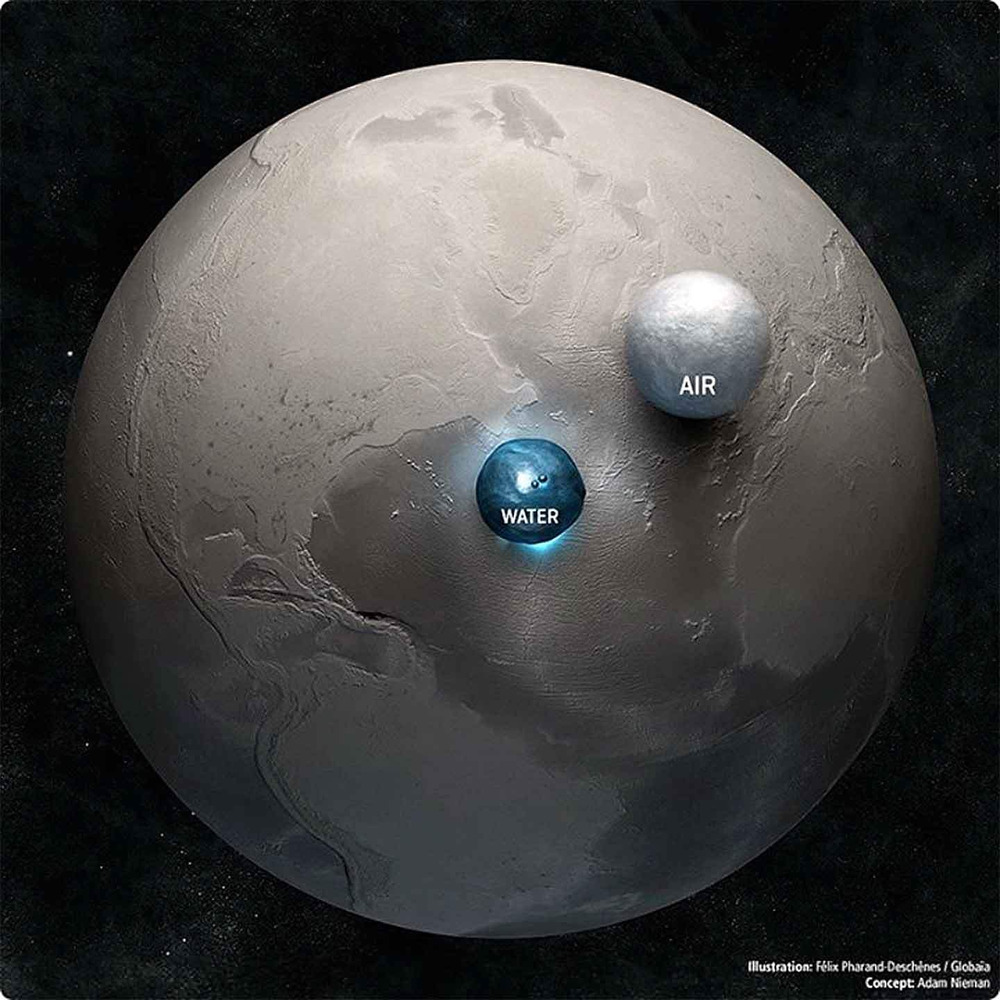One of the most important projects of The International Ocean Discovery Program (IODP) is M2M: their plan to drill through the crust, past the Mohorovičić discontinuity and into the mantle.
The plan originally received formal support in 2012. Progress has been slow, but the program has conducted shallower drilling in order to characterise the three candidate sites.

Scientists do not have access to any pristine samples of the mantle. The closest they have are small pockets of mantle that have been brought to the surface by natural processes (in ophiolites), but these typically have suffered millions of years of metamorphism. It is hoped that a complete section of the crust and upper mantle will answer a number of questions about the volatiles balance of the mantle and the earth’s deep carbon cycle and water cycles, and their relation to the deep biosphere. At the moment there remains a lot of disagreement about what the Moho actually represents: is it a compositional or purely mechanical boundary? When I were in school it was said that it represented the end of basalts containing feldspars (the alumino-silicate mineral group that makes up half the crust), and the start of the domain of purely mafic (Fe/Mg rich) silicates, but it’s still not clear why that should create such a sharp boundary in seismic velocities.
The vessel that will probably used is the Chikyu: capable of drilling in 2500 m water depth, with 10000 m drill string length.
—-
The oceanic crust is on average 8 km thick, while the continental crust is around 40 km thick. This makes the oceanic crust a more appealing option as a path to the mantle. On the other hand, the oceanic crust tends to be harder and denser, and there are obvious operational disadvantages to running drilling operations at sea rather than land. The thinnest parts of the crust are immediately adjacent to mid-ocean ridges but the information that would be obtained there would be “atypical”. Away from the MORs, the thinnest parts of the crust are around 5.7 km thick.
The Kola superhole, created near the Norwegian-Russian border, is over 12 km deep but didn’t come anywhere remotely near the mantle.
The original Mohole project was launched in 1957, and successfully demonstrated that it was feasible to recover deep cores from the oceanic crust. The IODP has drilled dozens of holes in the oceanic crust now, the deepest being to 2200 metres below sea floor. A significant part of the program now is drilling in support of choosing a location for M2M.
IODP is supported mainly by: US National Science Foundation (NSF) Japanese Science and Education Ministry (MEXT) European Consortium for Ocean Research Drilling (ECORD)
with some additional funding from: Chinese Ministry of Science and Technology (MOST) Australia New Zealand OIDP Consortium (ANZIC) India’s Ministry of Earth Science (MoES)


